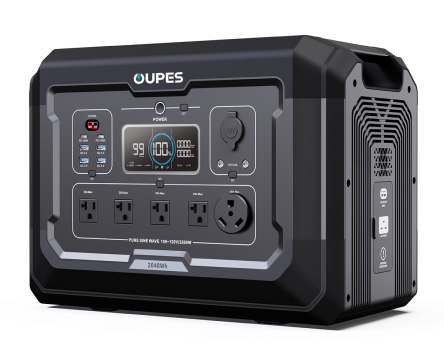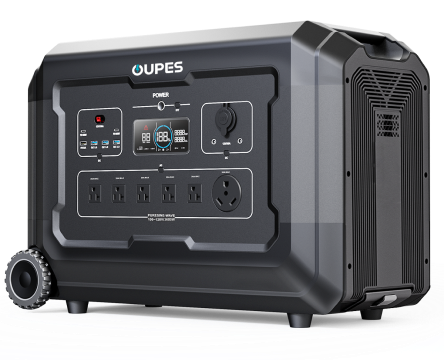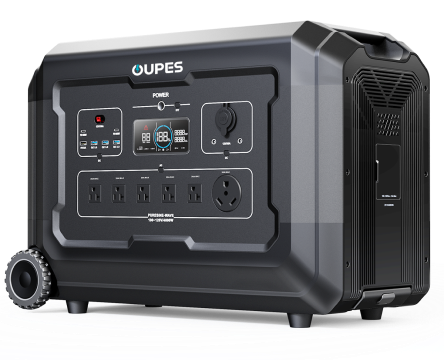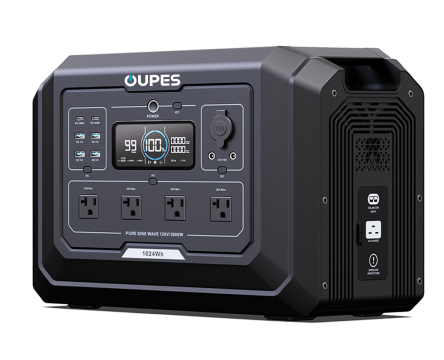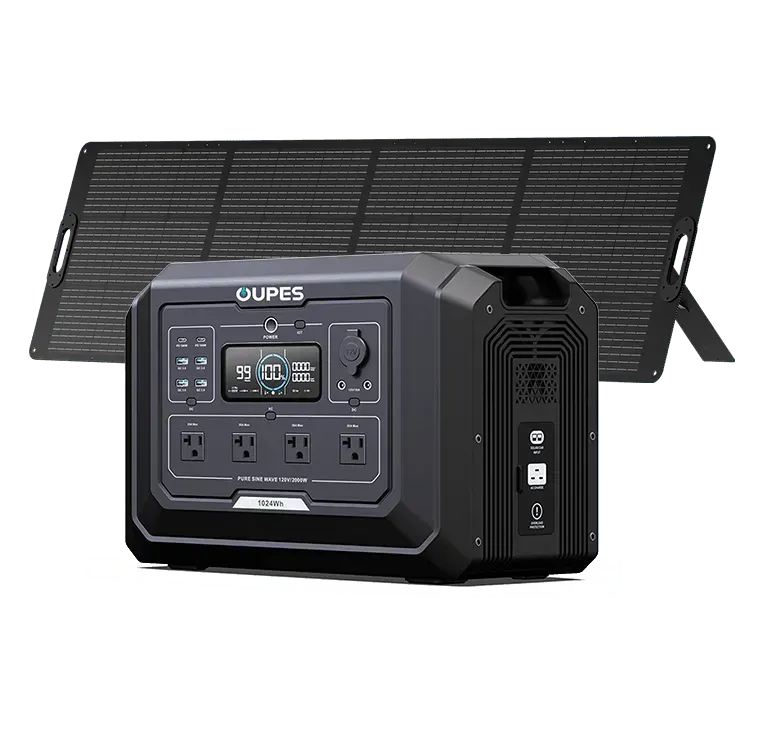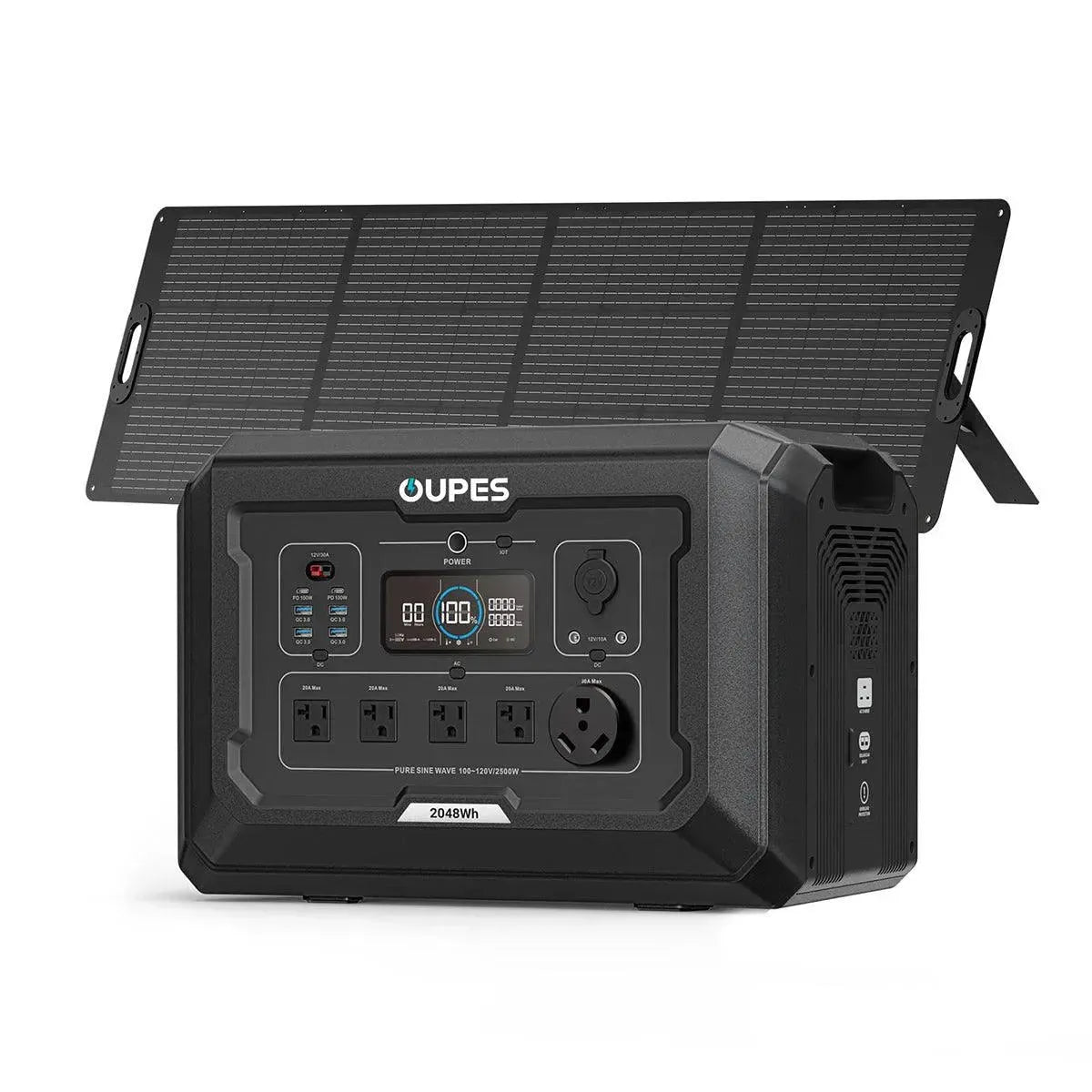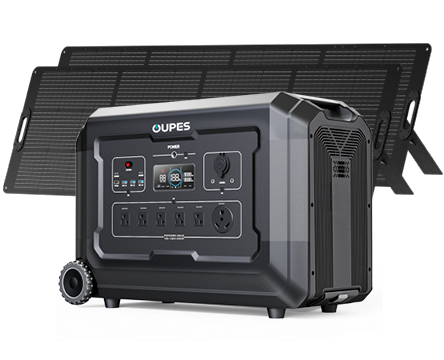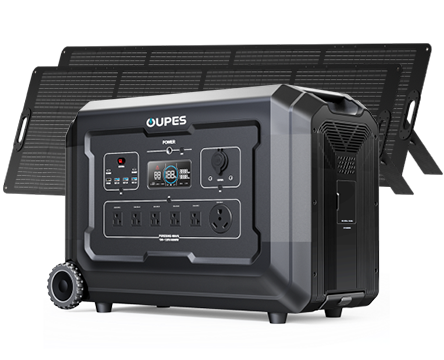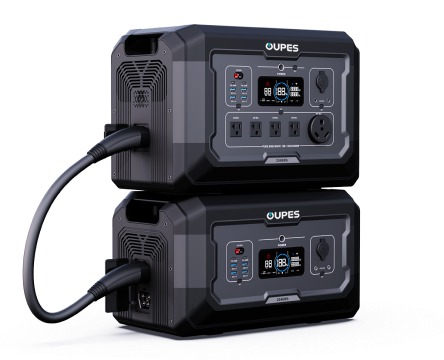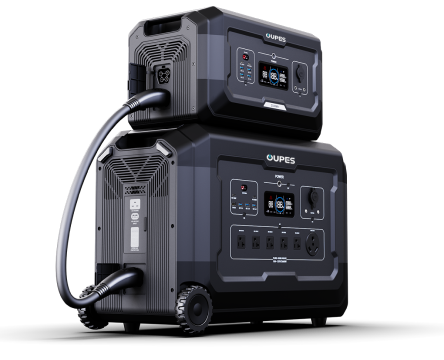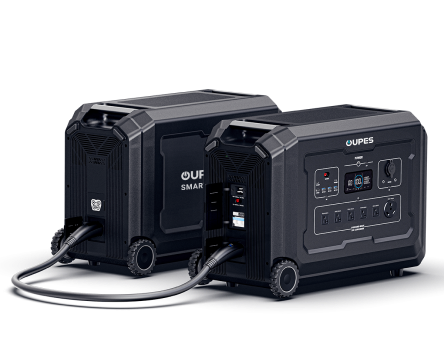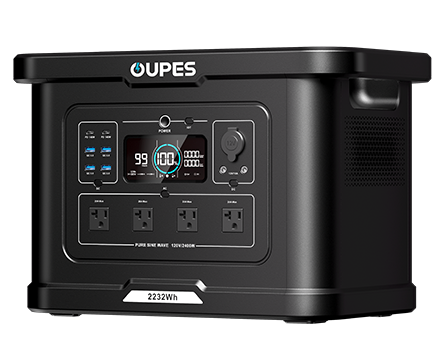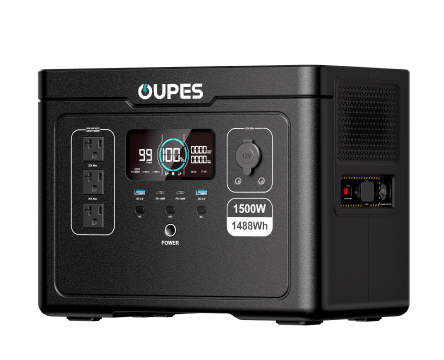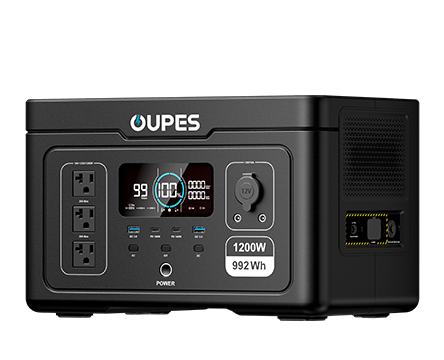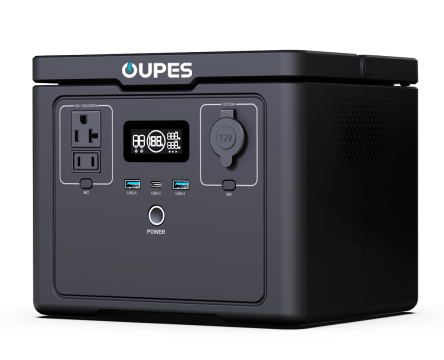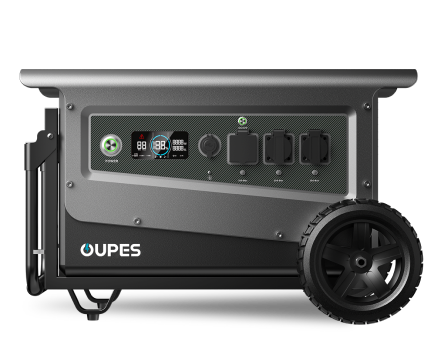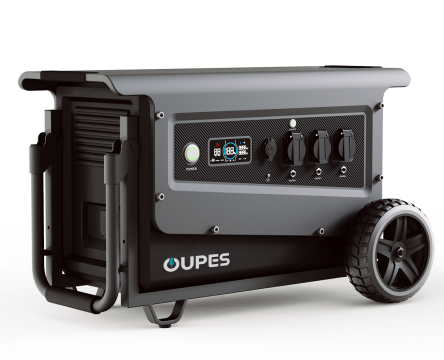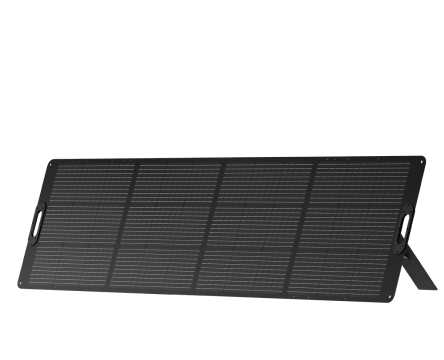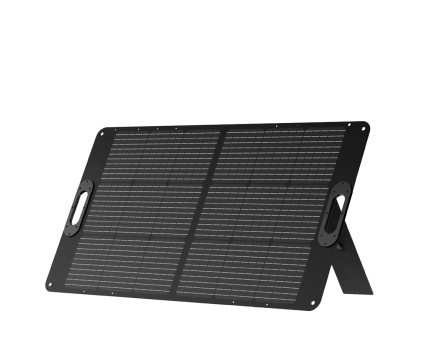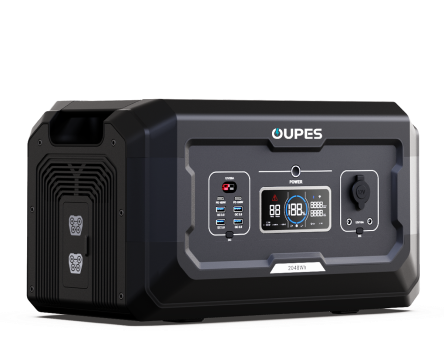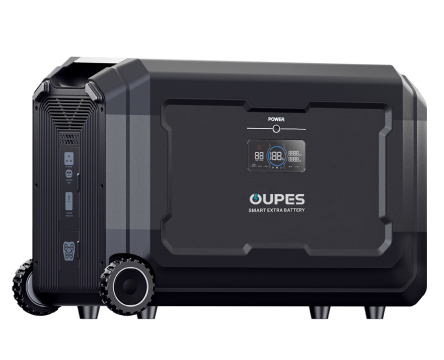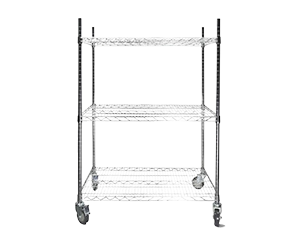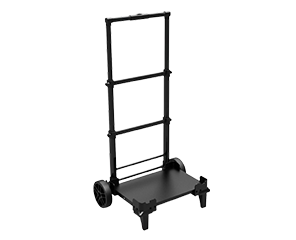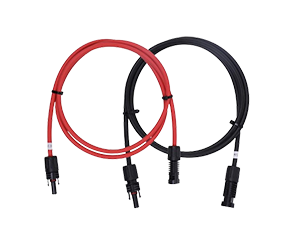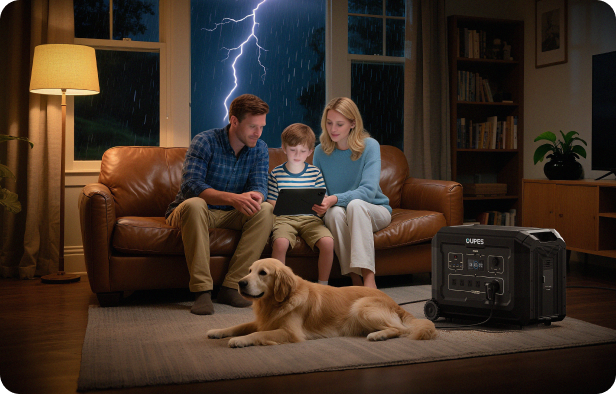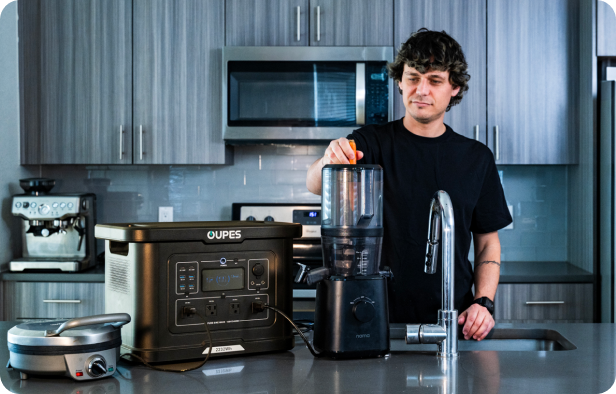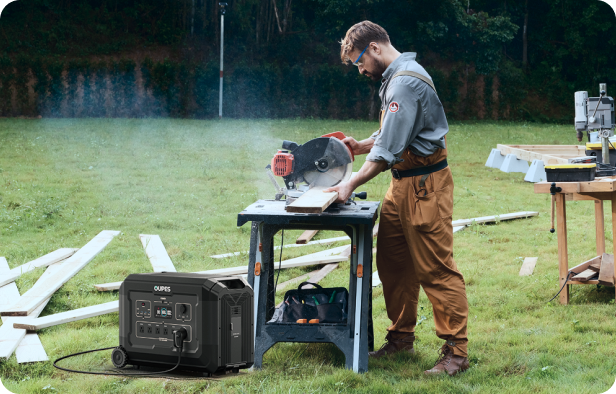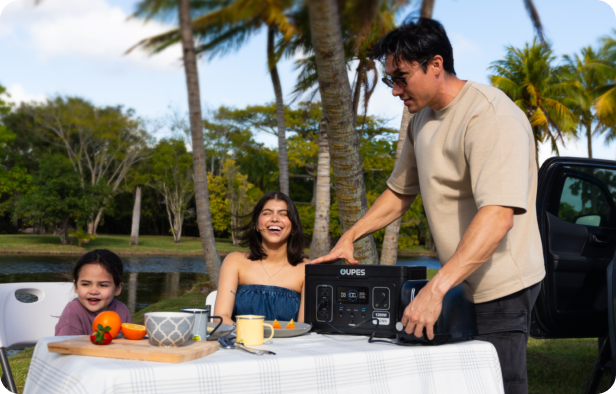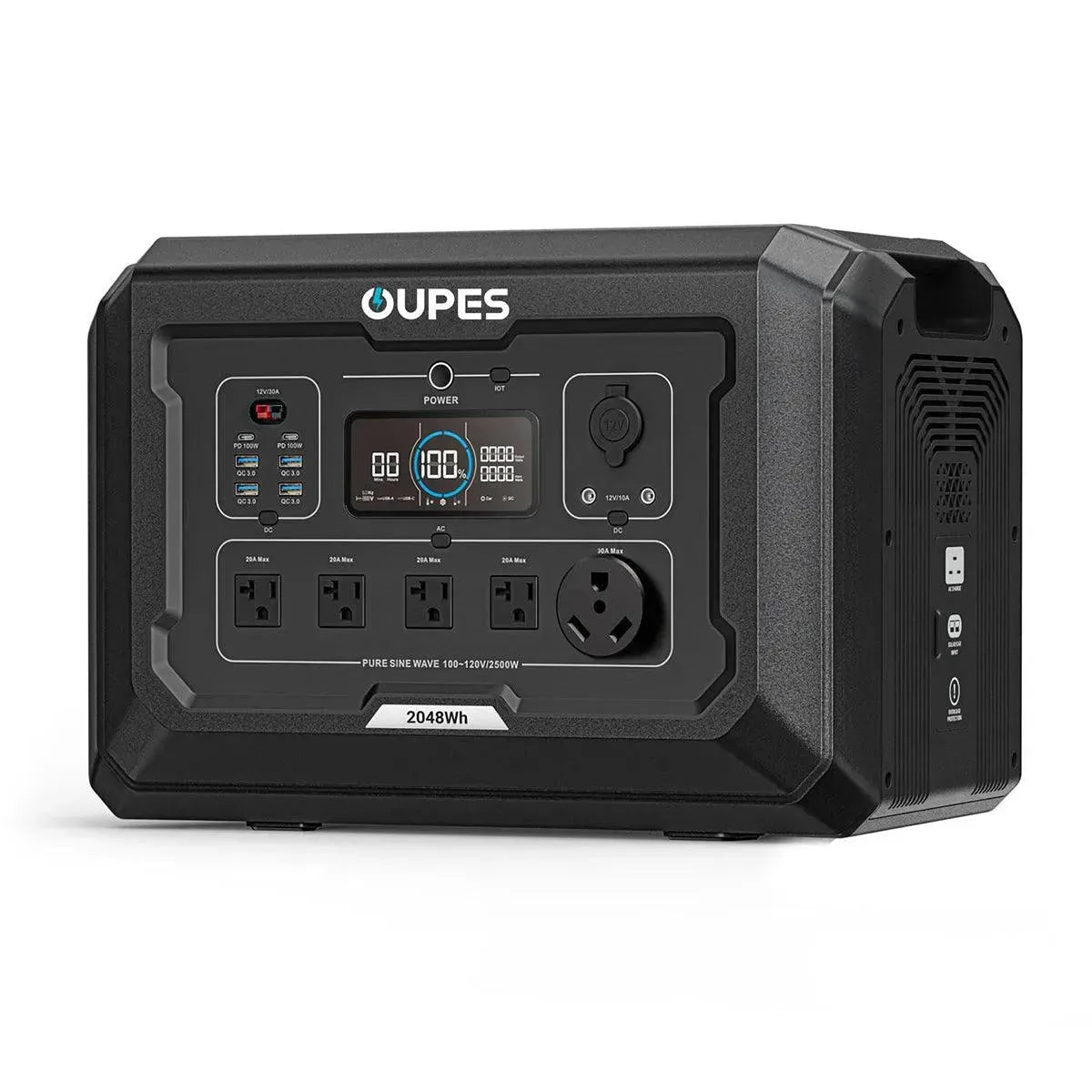
Table of Contents
- Introduction: Why Choosing the Right Power Station Matters
- Key Factors to Compare Portable Power Stations
- Scenarios: Matching Power Stations to Camping and Travel Needs
- Comparison of OUPES Portable Power Stations
- Tips for Making the Best Choice
- FAQs
- Conclusion
Introduction: Why Choosing the Right Power Station Matters
When you’re heading out on a camping trip or planning extended travel, reliable power is as essential as food and shelter. From charging smartphones and laptops to running small refrigerators and lights, portable power stations make modern outdoor living possible. However, with many models available, knowing what to compare becomes crucial in making the right choice.
OUPES provides a wide range of portable power stations designed for camping and travel, ensuring that users can stay powered safely and efficiently. This article will guide you through the comparison process, helping you evaluate features, scenarios, and real-world performance so you can choose confidently.
Key Factors to Compare Portable Power Stations
When comparing portable power stations, it’s important to focus on the features that impact usability, longevity, and safety. Here are the most important factors:
Capacity (Wh)
Capacity determines how long your power station can run devices. A 256Wh model can charge phones and lights, while a 2000Wh+ station can run refrigerators and laptops for days. Matching capacity to your travel style is key.
AC Output (W)
Continuous output dictates which devices you can use. For camping, a 600W station may suffice, but for family or RV trips, you’ll need at least 1200W–2500W to handle multiple appliances simultaneously.
Weight and Portability
Portability matters greatly for camping and travel. Smaller stations weigh under 10 pounds, while larger ones exceed 80 pounds. OUPES strikes a balance between portability and power across its product series.
Solar Input
The ability to recharge using solar panels ensures unlimited energy during camping. Higher solar input capacity means faster recharge and greater reliability during extended trips.
Battery Type
LiFePO4 batteries, used in OUPES stations, last over 3500 cycles and provide excellent safety, making them far more reliable than older technologies like lead-acid.
Scenarios: Matching Power Stations to Camping and Travel Needs
To make the best decision, consider how different portable power stations meet the demands of your specific travel or camping scenario:
Solo Travelers
A compact station like the OUPES Exodus 600 (256Wh, 600W output) is ideal for charging phones, cameras, and LED lights. Its lightweight design makes it easy to carry between campsites.
Family Camping Trips
Families require more capacity for multiple devices. The OUPES Exodus 1200 (992Wh, 1200W output) can run a mini-fridge, laptops, and small appliances, ensuring comfort for longer stays.
RV and Road Travel
For RV campers, the OUPES Mega 2 (2048Wh, 2500W output) or Mega 3 (3072Wh, 3600W output) are ideal. They can handle kitchen appliances, entertainment systems, and CPAP machines with ease.
Extended Off-Grid Adventures
For long-term camping or off-grid living, the OUPES Mega 5 (5040Wh, 4000W output, expandable up to 45.36kWh) ensures uninterrupted power, making it perfect for serious adventurers.
Comparison of OUPES Portable Power Stations
Here’s a comparison table of OUPES portable power stations most suitable for camping and travel:
| Model | Capacity (Wh) | AC Output | Solar Input | Weight | Best Use |
|---|---|---|---|---|---|
| Exodus 600 | 256Wh | 600W | 240W | 8.16 lb | Solo travel, small electronics |
| Exodus 1200 | 992Wh | 1200W | 240W | 23.15 lb | Family trips, laptops, mini-fridge |
| Mega 2 | 2048Wh | 2500W | 2100W | 45.8 lb | RV camping, extended travel |
| Mega 3 | 3072Wh | 3600W | 2100W | 83.3 lb | Large family trips, RVs |
| Mega 5 | 5040Wh | 4000W | 2100W | 110.23 lb | Extended off-grid camping |
Tips for Making the Best Choice
Here are some tips to guide you while comparing portable power stations for camping and travel:
- Match Power to Needs: List all devices you plan to use and total their wattage before choosing a station.
- Prioritize Portability: For hiking or lightweight travel, smaller models like the Exodus series are more practical.
- Look for Expandability: For longer trips, consider expandable systems like the Mega 5 for extra capacity.
- Check Solar Compatibility: Ensure solar input matches your panel setup to maximize recharging on the go.
- Think Long-Term: LiFePO4-powered OUPES stations offer more cycles and durability compared to older technologies.
FAQs
How do I know what size power station I need?
Calculate the total wattage of all devices you plan to run simultaneously and choose a model with higher output.
Are OUPES power stations safe for indoor use?
Yes, they are emission-free and safe for use inside tents, RVs, and cabins.
How long do OUPES batteries last?
With LiFePO4 batteries, OUPES power stations last over 3500 cycles or 10+ years with proper care.
Can I charge OUPES power stations with solar panels?
Yes. All models support solar charging, making them perfect for camping and off-grid scenarios.
Which model is best for family camping?
The Exodus 1200 balances portability with enough power for multiple devices and appliances.
Do OUPES stations handle surge wattage?
Yes. Higher models like the Mega 2, 3, and 5 can handle high surges from appliances like refrigerators.
How fast can they recharge?
Recharge time depends on the model and input method, ranging from 3–12 hours with solar or AC charging.
Conclusion
Choosing the best portable power station for camping and travel involves comparing capacity, output, portability, and solar compatibility. OUPES offers a wide range of solutions tailored to different needs, from lightweight solo trips to long off-grid stays.
By evaluating your scenarios and following these tips, you can select an OUPES power station that delivers reliable energy wherever your journey takes you.

